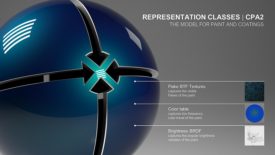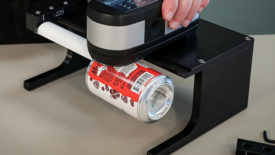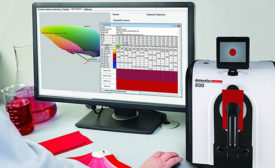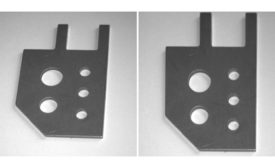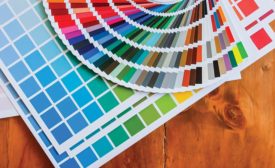Home » Keywords: » color management
Items Tagged with 'color management'
ARTICLES
Quality 101
True Colors
Read More
Measurement
Why Digital Workflows Require More Than Digital Color
If you only digitize color using spectral data, you are missing valuable data required for the digital design and visualization workflow.
December 29, 2023
Measurement
The Art and Science of Digital Color
Precise color management is essential to consumer perceptions of product value.
December 20, 2023
Color Measurement
Is Your Color Workflow Resilient for Today’s Supply Challenges?
Capturing and analyzing color data can help identify areas for improvement.
October 1, 2022
Test & Inspection
Shining A Light On Color Quality Control
Monitoring color during the entire production process can help manufacturers identify color drifts before they become a problem.
March 8, 2022
Getting Color Right (It's Trickier Than It Sounds)
What you need to know for effective color management.
January 6, 2021
Several Common Image Analysis Software Tools in Machine Vision
There are many different ways that an image can be distorted.
September 1, 2020
Color Management 101: The Latest Technology and Techniques
Whether you are first introducing color control to your quality process or you are managing an existing framework, here’s what to know.
April 1, 2020
Stay in the know with Quality’s comprehensive coverage of
the manufacturing and metrology industries.
eNewsletter | Website | eMagazine
JOIN TODAY!Copyright ©2024. All Rights Reserved BNP Media.
Design, CMS, Hosting & Web Development :: ePublishing


